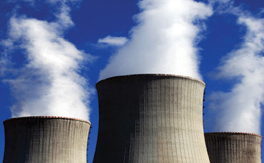Evaluating net-zero trajectories for the Indian fertiliser industry: marginal abatement cost curves of carbon mitigation technologies
This report evaluates emission mitigation options to achieve net-zero carbon emissions through marginal abatement cost (MAC) curves for the existing plants in the fertiliser industry. MAC curves were developed

